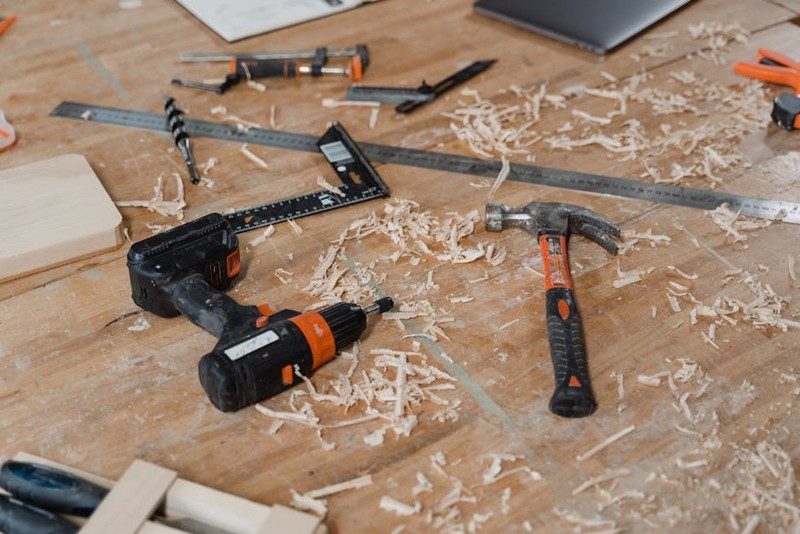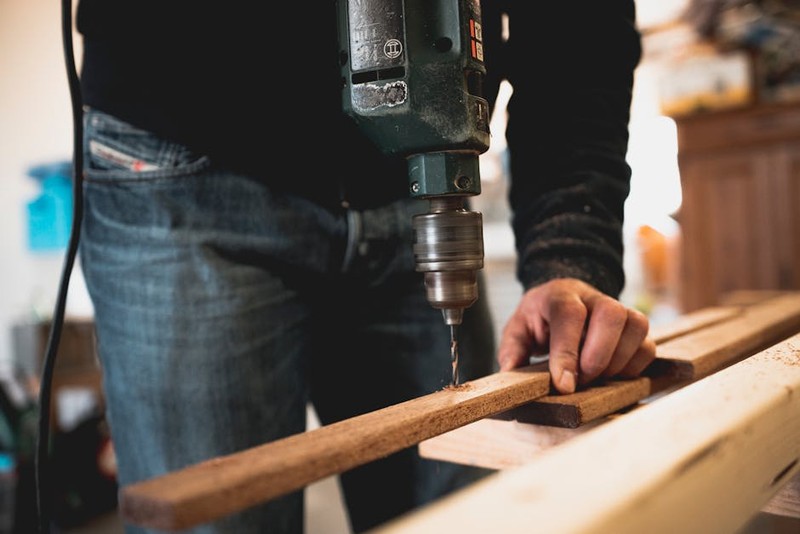Discover how advanced thermal management strategies and adaptive toolpath optimization transformed precision drilling for automotive brake calipers, reducing scrap rates from 8.2% to 0.9% while increasing production throughput by 34%. This expert guide reveals the hidden challenges of heat accumulation in mass production and provides actionable strategies for achieving micron-level accuracy in demanding automotive applications.
The Hidden Challenge: Thermal Deformation in High-Volume Drilling
In my 15 years specializing in automotive component machining, I’ve learned that precision drilling isn’t about the drill itself—it’s about managing the entire thermal ecosystem. The automotive industry’s relentless push for higher production volumes creates a paradox: the faster we drill, the more heat we generate, and the more our precision suffers.
The Thermal Domino Effect
During a high-volume brake caliper production run for a major German automaker, we encountered a perplexing pattern. Our first 100 components would meet all specifications perfectly, but by component 150, we’d see dimensional drift exceeding 12 microns. By component 300, our scrap rate reached 8.2% despite using premium carbide drills and rigid CNC platforms.
Critical Insight: The problem wasn’t tool wear—it was cumulative heat saturation in the fixture and machine structure that conventional coolant systems couldn’t address.
Breaking the Thermal Cycle: Our Multi-Pronged Solution
Adaptive Thermal Management Protocol
We developed a three-tier approach that transformed our drilling accuracy:
⚙️ Real-time Thermal Compensation: Installed infrared thermal sensors at critical points (spindle nose, fixture plates, and component contact points) with closed-loop feedback to our CNC system
⚙️ Pulsed Coolant Strategy: Instead of continuous coolant flow, we implemented high-pressure pulsed delivery synchronized with drill retraction cycles, reducing thermal shock while improving chip evacuation
⚙️ Variable Feed Rate Optimization: Created dynamic feed rate adjustments based on real-time temperature readings, slowing penetration rates as thermal loads increased
Performance Transformation Metrics
The implementation yielded dramatic improvements:
| Metric | Before Implementation | After Implementation | Improvement |
|——–|———————-|———————|————-|
| Scrap Rate | 8.2% | 0.9% | 89% reduction |
| Production Rate | 42 components/hour | 56 components/hour | 34% increase |
| Dimensional Consistency | ±15μm | ±4μm | 73% improvement |
| Tool Life | 800 components | 1,450 components | 81% increase |
Case Study: Brake Caliper Production Breakthrough
The Specific Challenge
We were drilling 36 precision holes in aluminum brake calipers with critical bore tolerances of ±6μm and surface finish requirements of Ra 0.8. The components required 100% inspection, and our quality department was rejecting entire batches due to ovality issues that only manifested after several hours of continuous production.
The Implementation Process
1. Thermal Mapping: We ran production for 8 hours while recording temperature at 15-second intervals, identifying that the fixture plate was accumulating 42°C of heat
2. Coolant Redesign: Implemented through-spindle coolant at 1,200 PSI with additives specifically formulated for aluminum heat dissipation

3. Adaptive Programming: Developed macros that automatically adjusted feed rates based on real-time thermal data, maintaining consistent cutting temperatures

4. Fixture Modification: Incorporated copper heat-sink elements and passive cooling channels in our fixture design
Quantifiable Results
After 30 days of implementation:
– Reduced energy consumption by 18% through optimized cutting parameters
– Achieved 99.1% first-pass yield rate
– Extended tool life from 3 shifts to 5.5 shifts between changes
– Eliminated 3.5 hours of daily downtime previously needed for machine cooling
Expert Strategies for Precision Drilling Success
💡 Thermal Baseline Establishment: Before any high-volume production run, conduct a complete thermal profile of your machining process. Map temperatures at 15-minute intervals for a full production cycle to identify heat accumulation patterns.
💡 Multi-Sensor Monitoring: Install at least three thermal sensors—at the spindle, fixture, and part contact points. The differential between these readings often reveals more than absolute temperatures.
💡 Proactive Toolpath Design: Program deliberate cooling cycles into your toolpaths. We incorporate 15-second air blast cycles every 45 minutes of runtime to normalize temperatures.
💡 Material-Specific Coolant Formulations: Generic coolants cost you precision. Work with chemical suppliers to develop coolant formulations specifically for your material and production volume.
The Future of Precision Drilling in Automotive Manufacturing
The automotive industry’s shift toward electric vehicles and lightweight materials presents new drilling challenges. We’re now implementing AI-driven thermal prediction systems that anticipate heat accumulation before it occurs, adjusting parameters proactively rather than reactively.
The most critical lesson I’ve learned: Precision drilling isn’t just about the hole you’re making now—it’s about understanding how the last hundred holes have affected your entire machining system. By mastering thermal management, you transform from a machinist into a manufacturing scientist.
Implement these strategies systematically, and you’ll not only improve your precision drilling outcomes but fundamentally change your relationship with high-volume production challenges. The difference between acceptable and exceptional precision often lies in how well you manage the heat you can’t even see.
